Meet Lucine Xin | Tattoo artist
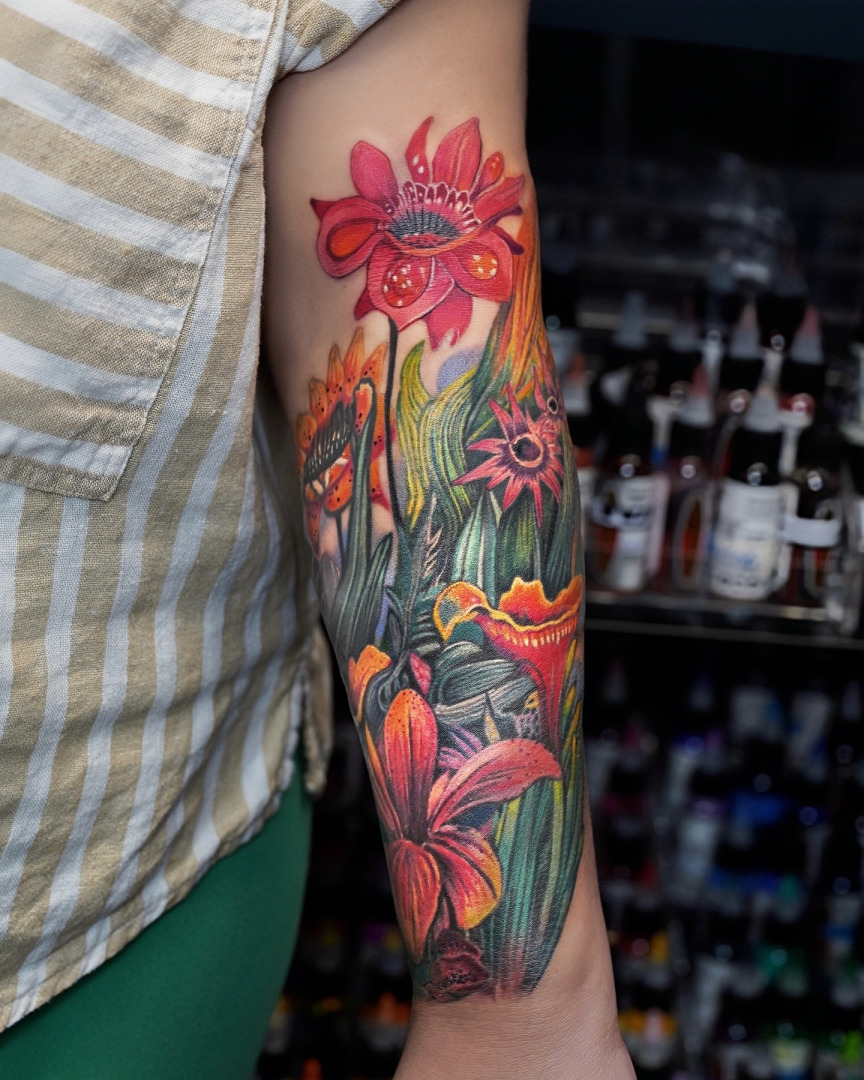

We had the good fortune of connecting with Lucine Xin and we’ve shared our conversation below.
Hi Lucine, can you walk us through the thought-process of starting your business?
I wanted to build a space where I could create deeply personal tattoos—pieces that speak to people’s stories, not just trends. Running my own studio gave me the freedom to stay true to my vision and connect with people in a more meaningful way.
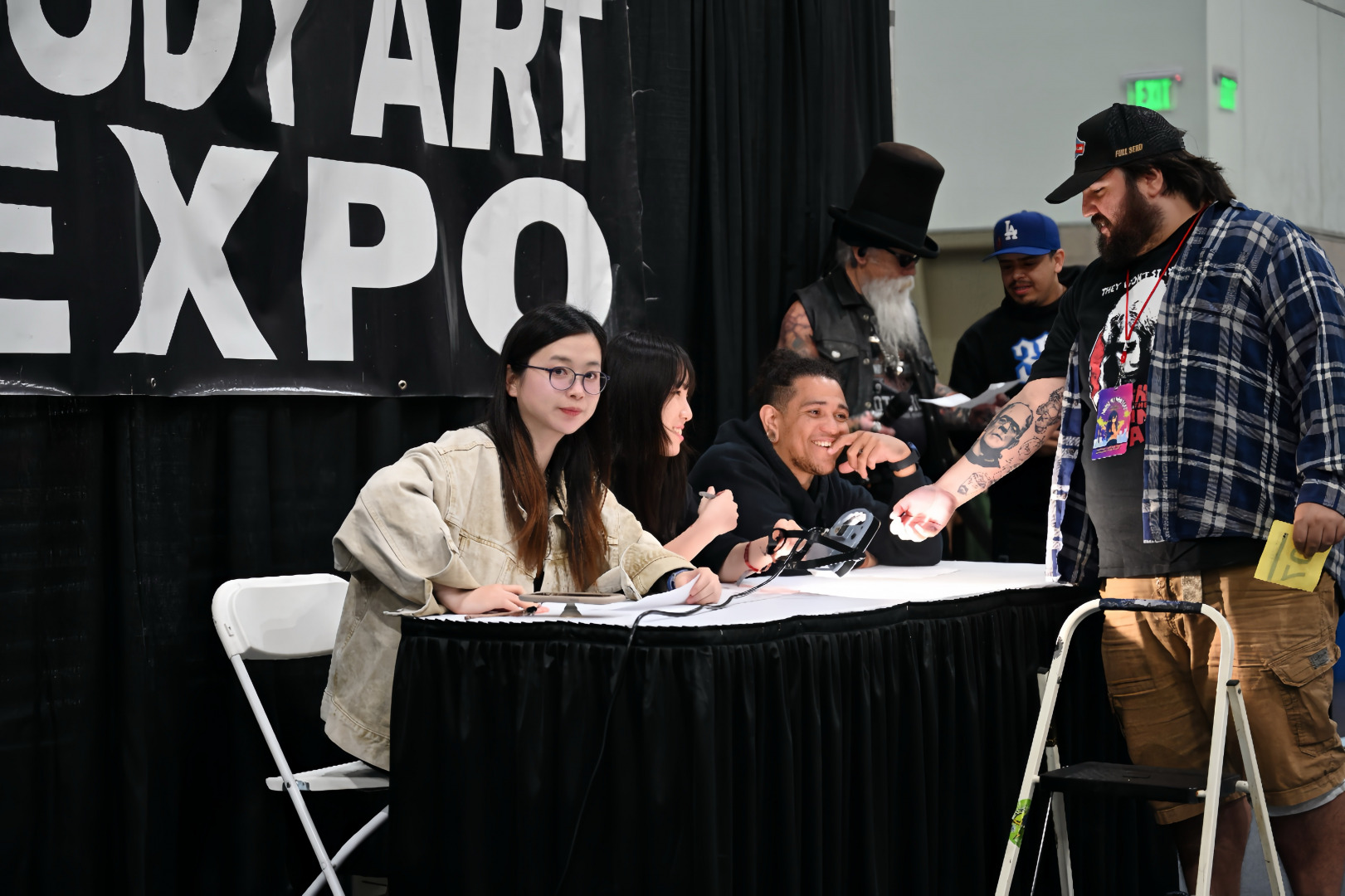
Alright, so let’s move onto what keeps you busy professionally?
My art is all about storytelling through the body. As both a painter and tattoo artist, I’m drawn to the emotional layers behind every piece—not just what it looks like, but what it means to the person wearing it. What sets my work apart is the way I combine fine art techniques with a deep, intuitive connection to each client’s story. I don’t do cookie-cutter designs—each piece is tailored to someone’s lived experience, their healing, their transformation.
I’ve been tattooing professionally since 2014, when I first started my practice in China. That’s where I began developing my personal style—drawing from traditional Chinese symbolism and blending it with modern forms. Later, I moved to the U.S. to continue evolving my craft, and to connect with a more diverse community of clients and artists.
It definitely hasn’t been an easy journey. Moving countries, building everything from scratch, navigating language and cultural barriers—it’s been humbling. But I stayed focused on my purpose, and kept going one client, one design, one step at a time.
What I’ve learned along the way is to trust the process, trust your voice, and stay authentic. The right people will feel it.
If there’s one thing I hope people remember about me or my work, it’s that I don’t just create tattoos—I create meaningful, one-of-a-kind experiences. Whether someone comes to mark a transition, celebrate their growth, or reclaim their body, I’m here to walk with them and help bring that story to life through art.
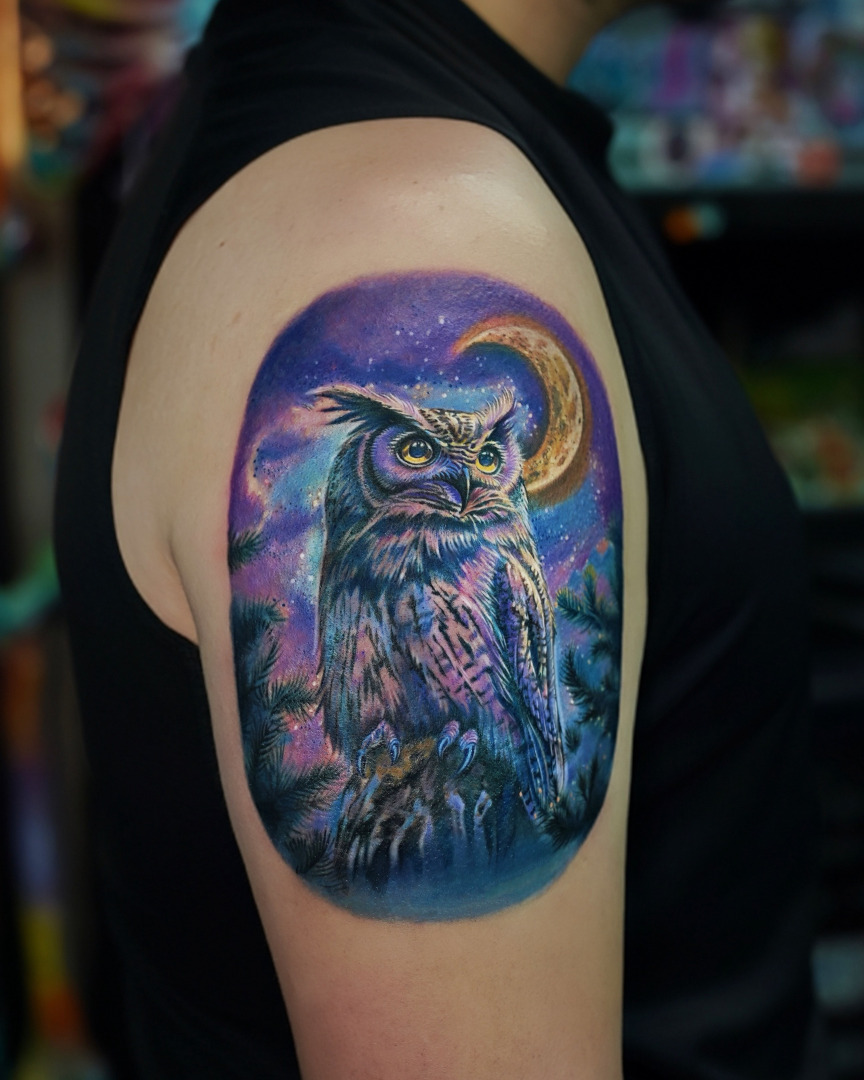
Let’s say your best friend was visiting the area and you wanted to show them the best time ever. Where would you take them? Give us a little itinerary – say it was a week long trip, where would you eat, drink, visit, hang out, etc.
If my best friend were visiting and I wanted to give them the most unforgettable trip, I’d take them to Kyoto, Japan.
Kyoto is one of those rare places where time seems to slow down. It’s a city full of quiet beauty, preserved tradition, and an incredible sense of craftsmanship. The architecture alone is worth the trip—old wooden townhouses, hidden teahouses, ancient shrines tucked into quiet streets. You feel like you’re walking through living history.
Here’s how I’d plan the week:
Day 1:
We’d settle in at a traditional ryokan (Japanese inn) in the Gion district. First stop: wandering the narrow stone alleys, catching glimpses of geishas in the evening, and grabbing our first meal—something warm and comforting like yudofu (tofu hot pot) in a peaceful temple garden restaurant.
Day 2:
We’d start the day early with a visit to Fushimi Inari Shrine and walk through the thousands of red torii gates. In the afternoon, I’d take them to Arashiyama, to stroll the bamboo forest and maybe hop on a little boat down the Katsura River. Dinner would be at a tiny izakaya, surrounded by locals, drinking sake and eating grilled skewers.
Day 3:
This day would be about Kyoto’s incredible craftsmanship. We’d visit textile dyeing studios, handmade washi paper shops, and maybe even book a gold leaf workshop. Kyoto is filled with artisans who have spent decades perfecting a single technique—and it’s humbling to witness. We’d end the day with matcha in a 100-year-old teahouse.
Day 4:
A slower morning at Nanzen-ji Temple, then maybe biking along the Philosopher’s Path during cherry blossom season or autumn leaves. I’d find a quiet café with a garden view for lunch. That evening, I’d take them to Pontocho Alley—a magical, narrow street along the river lined with restaurants that seem to float above the water.
Day 5:
We’d spend this day exploring Kyoto’s modern side—check out local galleries, maybe the Kyoto International Manga Museum, and visit shops where tradition meets contemporary design. For dinner, something bold and unexpected, like Kyoto-style kaiseki (multi-course meal), where every plate looks like art.
Day 6:
A day trip to Uji, the heart of high-quality matcha. We’d visit tea farms, learn how tea is ground, and sip the best matcha you’ll ever taste. If we’re lucky, we might even catch a tea ceremony.
Day 7:
Our last day would be for reflection—visiting Kiyomizu-dera Temple with its stunning hillside view. Then back into town to pick up handmade souvenirs—ceramics, incense, embroidered fabrics. We’d wrap up the trip with a soak in a sento (public bath), and one last cozy dinner under paper lanterns.
For me, Kyoto is a place that balances quiet beauty with creative spirit. It’s not just about sightseeing—it’s about being present, noticing details, and honoring the hands that made everything around you. If I could share that with someone I love, I know they’d carry the experience with them forever.
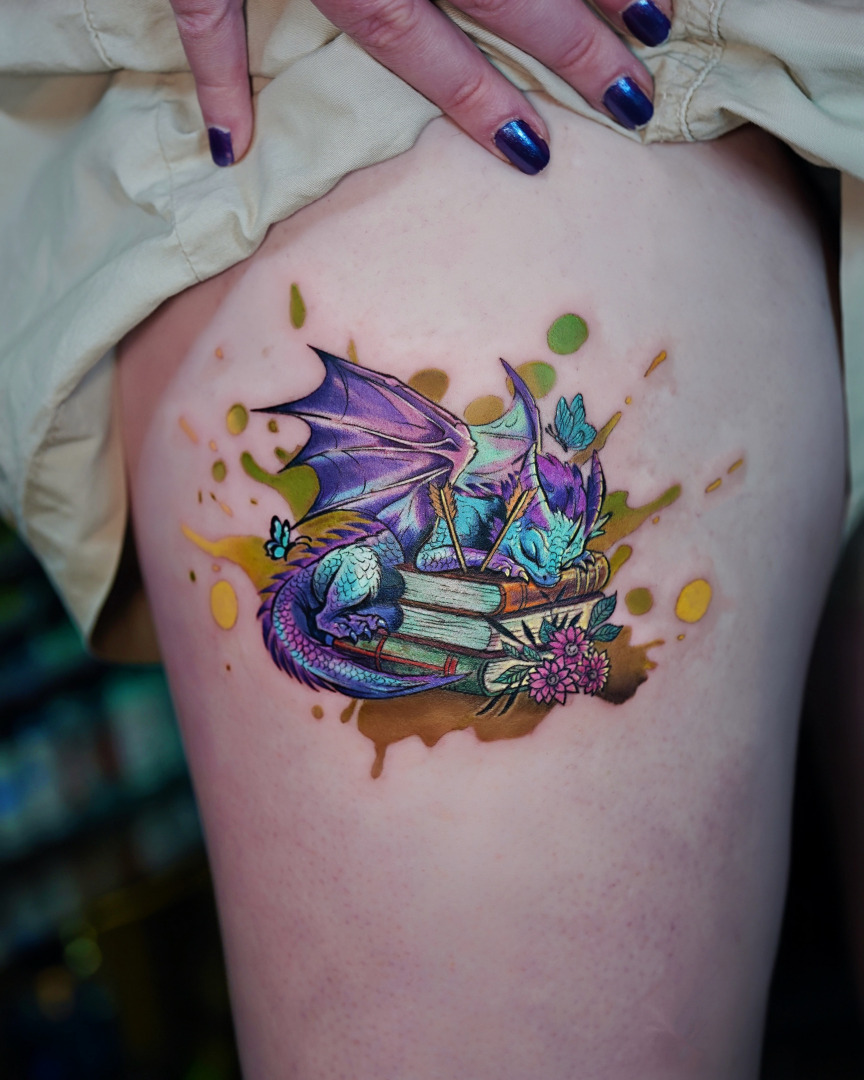
Who else deserves some credit and recognition?
The Body Keeps the Score hit me deep. It made me see how art can help people process trauma and reclaim their bodies. That’s when I knew tattooing could be more than skin deep—it could be healing.
Instagram: https://www.instagram.com/lucine_modoink https://www.instagram.com/lucine_modoink_coveruptattoo


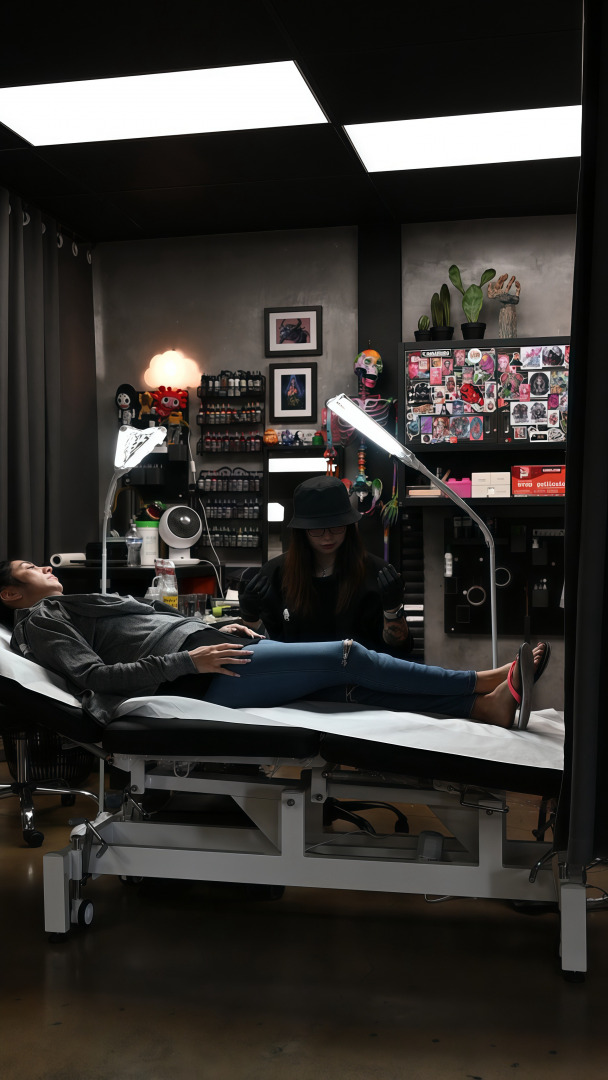
Image Credits
From my camera
